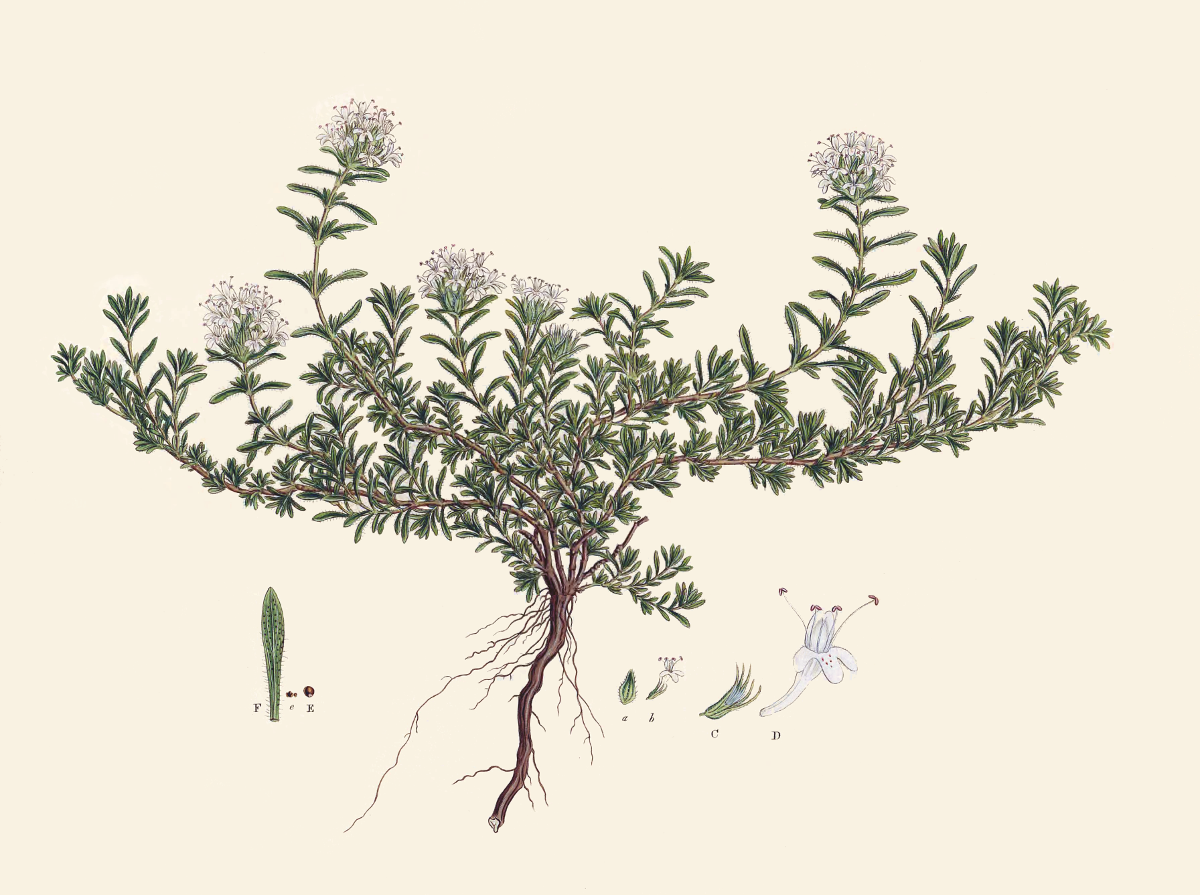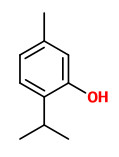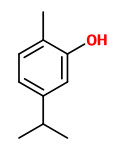Thymus zygis L. - Lamiaceae - Spanish thyme, white thyme, Joch-Thymian
Subshrub, up to 30cm high, native to the western Mediterranean region (Spain, Portugal, Morocco); leaves lanceolate, 6-10mm long, grey-green; corolla white.
Subspecies: Thymus zygis subsp. gracilis; Thymus zygis subsp. sylvestris; Thymus zygis subsp. zygis
https://npgsweb.ars-grin.gov/gringlobal/taxonomydetail.aspx?id=36632
„Thymus zygis is used as a food source. It is used as a dried and fresh herb collected from the wild in Spain and Portugal. It is also a popular herb to cultivate and hybridize with other Thymus species due to its diverse aromatics. Thymus zygis is mostly used for the production of essential oils and is the main species used for thyme oil… Due to the high abundance of this species in the Iberian Peninsula, Spain is the dominant country producing essential oil from this species.“
https://en.wikipedia.org/wiki/Thymus_zygis
„Variations in the essential oils of Thymus zygis ssp. sylvestris and T. zygis ssp. gracilis growing in southeastern Spain were examined. Some hybrids with other species of thyme were detected, and the chemical influence of both parentals was demonstrated. The most common chemotype was thymol, although a pure linalool chemotype was recorded.“
[Sáez, Francisco. „Essential oil variability of Thymus zygis growing wild in southeastern Spain.“ Phytochemistry 40.3 (1995): 819-825]
Oils obtained from Thymus zygis subsp. sylvestris were investigated by GC and GC-MS, and four chemotypes were characterized: carvacrol (25.0%), thymol (23.8%), geranyl acetate/geraniol (20.8% and 19.8%) and linalool (30.0%).
[Gonçalves, M. J., et al. „Chemical, antifungal and cytotoxic evaluation of the essential oil of Thymus zygis subsp. sylvestris.“ Industrial crops and products 32.1 (2010): 70-75]
The most abundant components of T.zygis essential oil Thymol chemotype obtained from plants cultivated in south-eastern Spain and extracted by steam distillation were thymol (29.9-53.8%), p-cymene (14.3-27.2%) and γ-terpinene (8.3-28.0%), with a small amount of carvacrol (0.4-2.9%). The most abundant components of T.zygis essential oil Linalool chemotype were linalool (41.3-43.4%), terpinen-4-ol (12.9-13.0%), γ-terpinene (7.7-13.4%), myrcene (7.4-7.5%), with thymol (0.1-1.0%) and traces of carvacrol (0-0.1%).
[Cutillas, Ana-Belen, et al. „Thyme essential oils from Spain: Aromatic profile ascertained by GC–MS, and their antioxidant, anti-lipoxygenase and antimicrobial activities.“ Journal of food and drug analysis 26.2 (2018): 529-544] https://www.sciencedirect.com/science/article/pii/S1021949817300959

Sibthrop, J., Smith, J.E., Flora Graeca, vol.6 p.60, t.574 (1826)
http://botanicalillustrations.org/species.php?id_species=1016669
Thymus zygis La Torre, Ávila, España, CC BY-SA 2.1, Author: Ximenex



